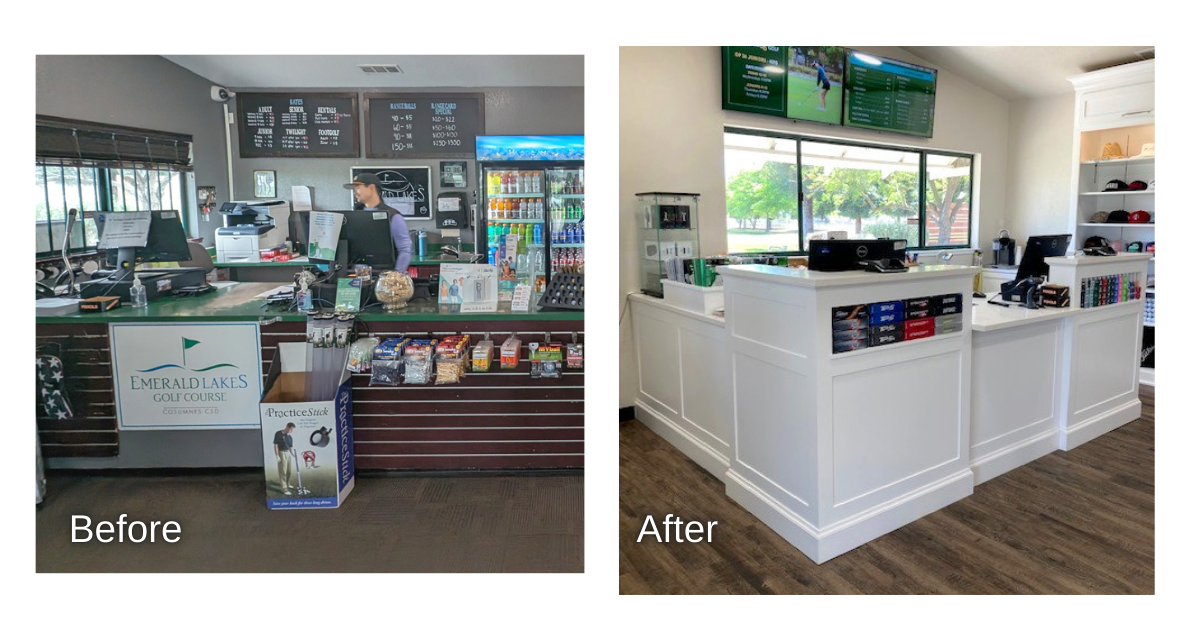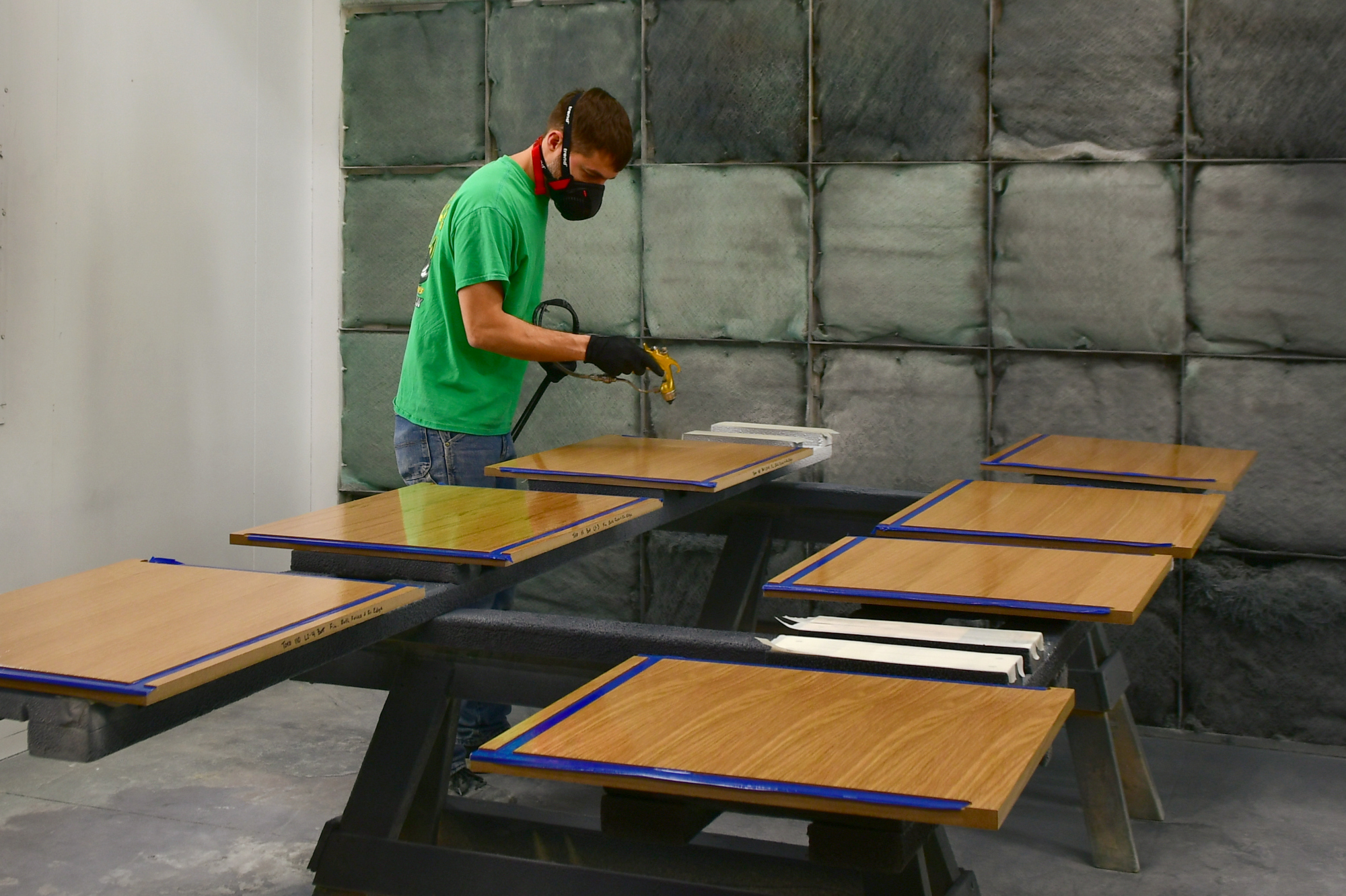Despite the varying trends in home design on social media, wood paneling remains a timeless interior design choice. This article will walk you through the ins-and-outs of wall paneling so you can make the best choice for your project.
Wood paneling is a type of decorative wall covering made from wide, thin wood sheeting that is made from solid wood, engineered wood, or vinyl. Using wall panel materials can add unique interest in a living room, dining room, bedroom, or bathroom where drywall is often the default wall material.
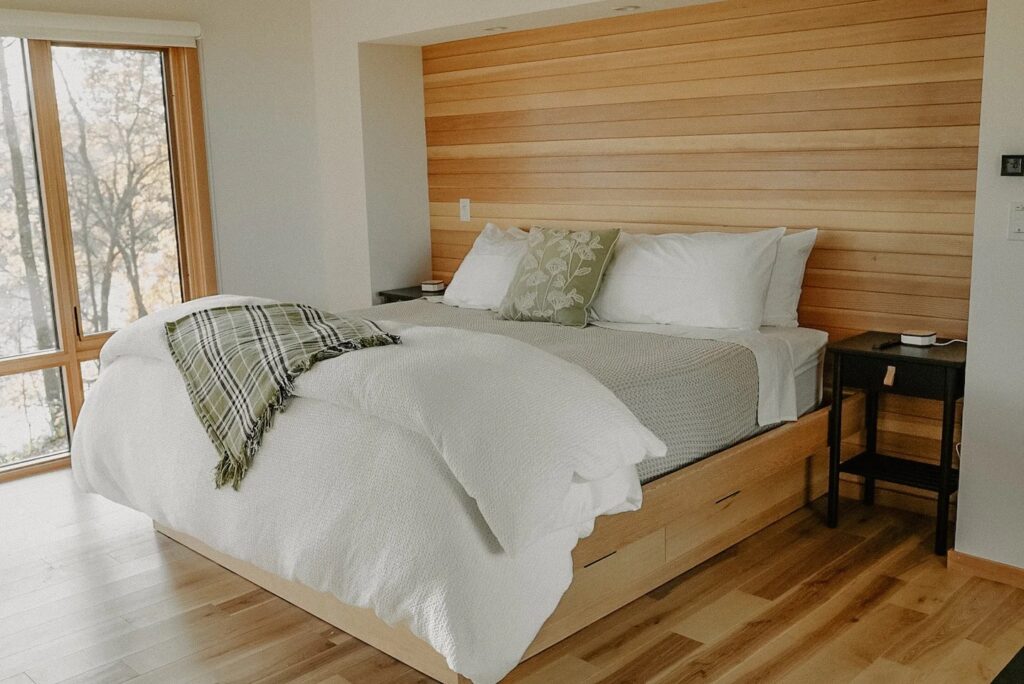
Benefits of Wood Paneling
Wood paneling is an excellent way to bring warmth, architectural interest, and character into both new home builds and remodeling projects. Updating existing paneling elements in a home with paint or refinishing with a fresh stain can give any room a fresh feel.
Wall paneling provides versatility across design styles; for instance, in a farmhouse styled home shiplap is perfect for accent walls while a board and batten wall can provide rustic charm with a feature wall. Wood paneling can provide acoustic benefits when considering the space the wall panels are for.
If acoustics are important, different materials and styles of panels can provide enhanced acoustics or sound dampening benefits. When applied over existing drywall or unfinished walls, for instance, on cement block walls, wall paneling can provide additional insulation benefits to that room.
Types of paneling for decor
There are a variety of style options for decorative wall panels. Here we break down the five most common wall panel styles.
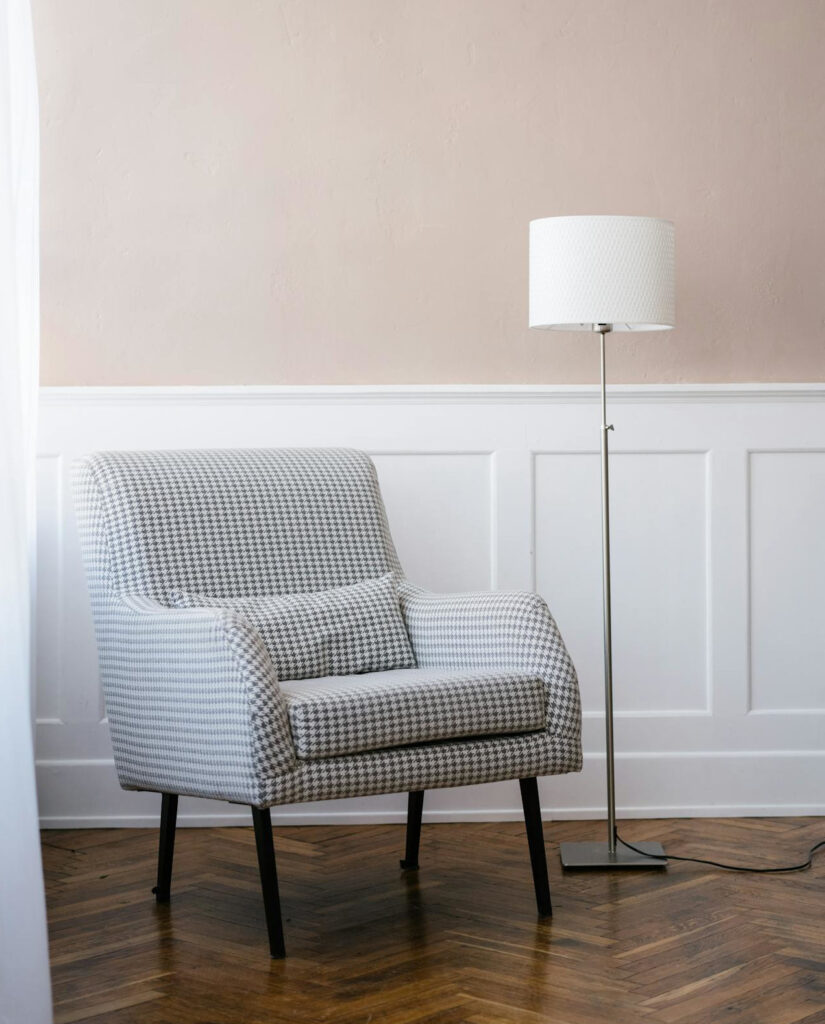
Wainscoting: Traditional style that covers only the lower portion of an interior wall or partition, standard heights from the floor include 36 inches, 42 inches, 54 inches, and 72 inches often seen in living room and dining room designs.
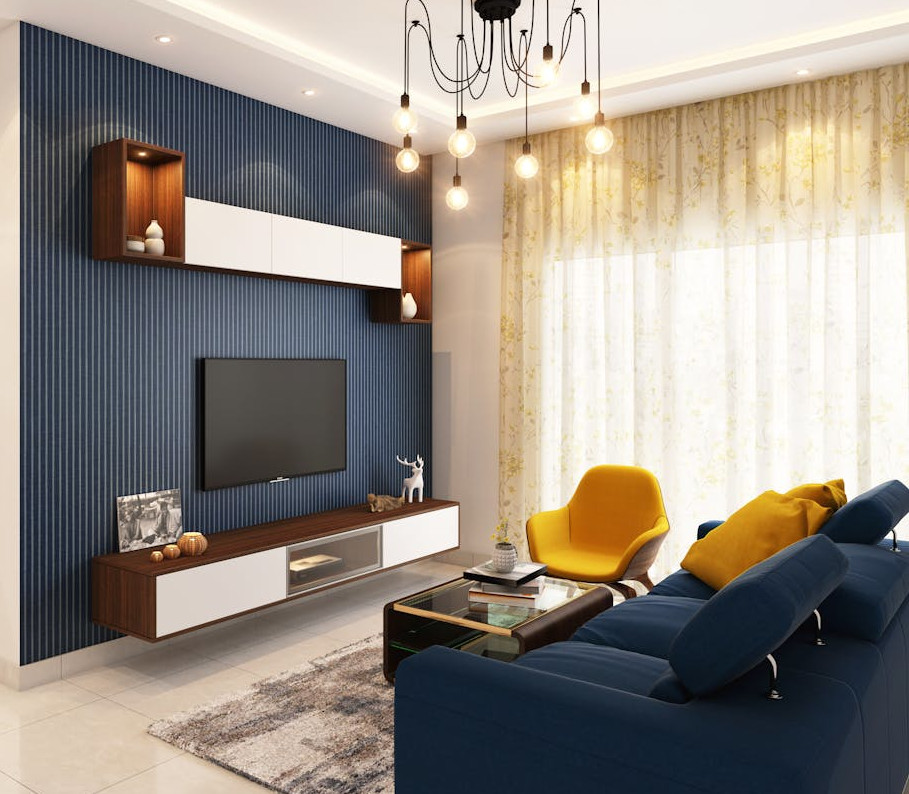
Bead board: Traditional style, vertical sheets with grooves and small ridges between each board, ideal for bathrooms and kitchens, but looks striking here as an accent wall in the above pictured living room.
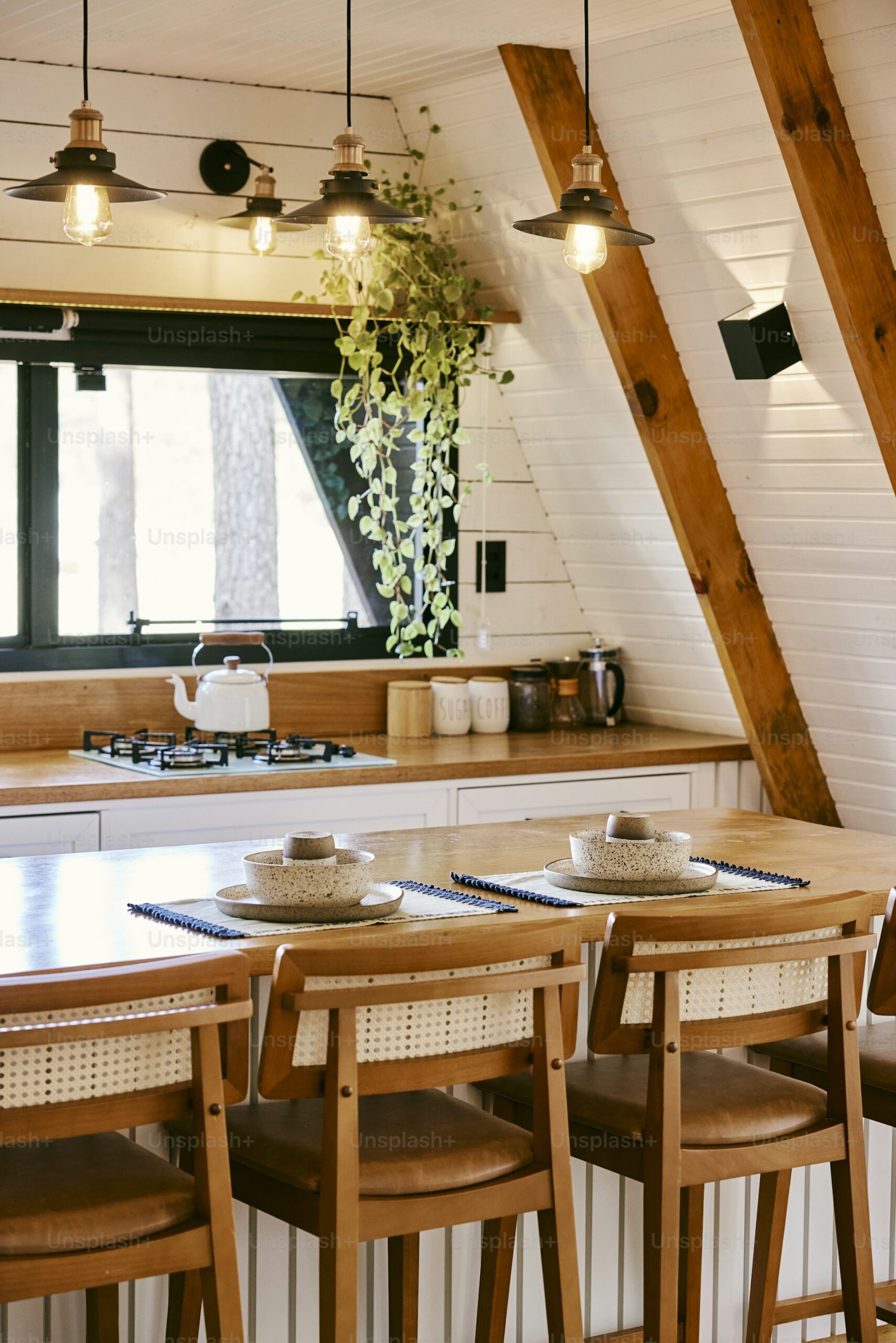
Shiplap: Farmhouse style, horizontal boards with grooves cut into the top and bottom, great for accent walls as pictured as the panels between the beams in this chic A-frame kitchen.
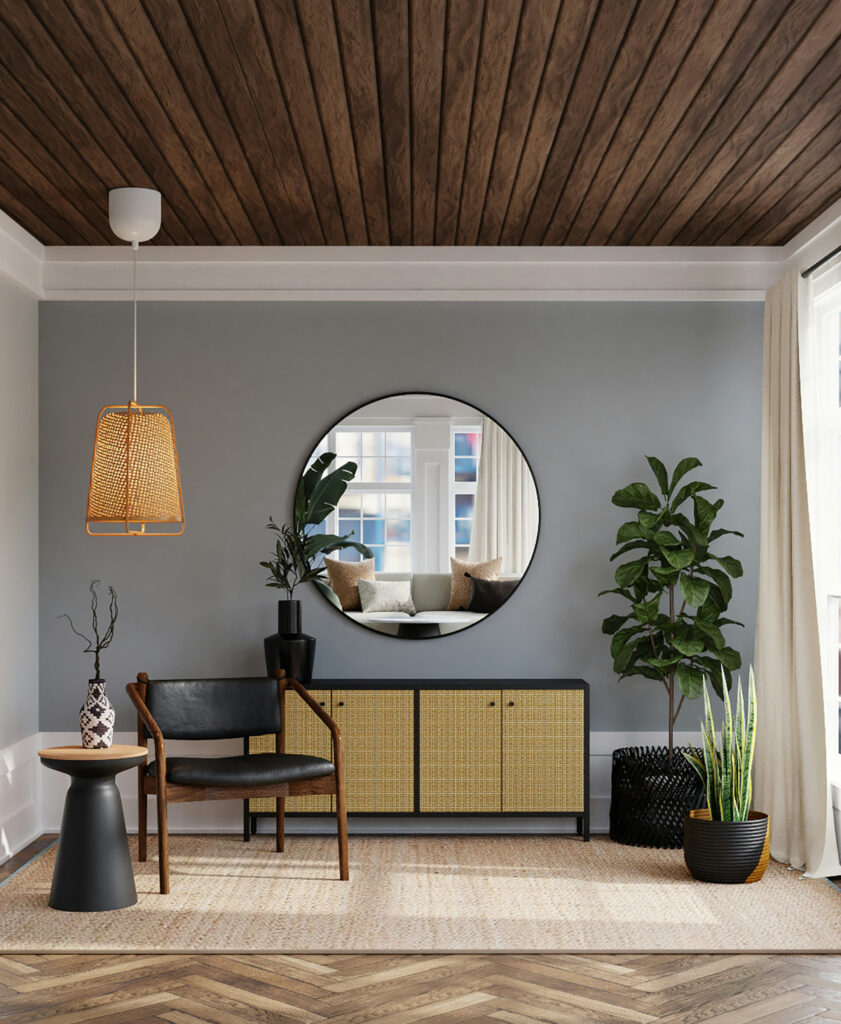
Tongue-and-groove: Traditional style, boards that have a tongue, or deep ridge, on one side and a groove on the other side. The tongue fits into the groove of the adjacent board, great for high-moisture areas. In the picture above, tongue-and-groove paneling on the ceiling adds a warm rustic feel to this room.
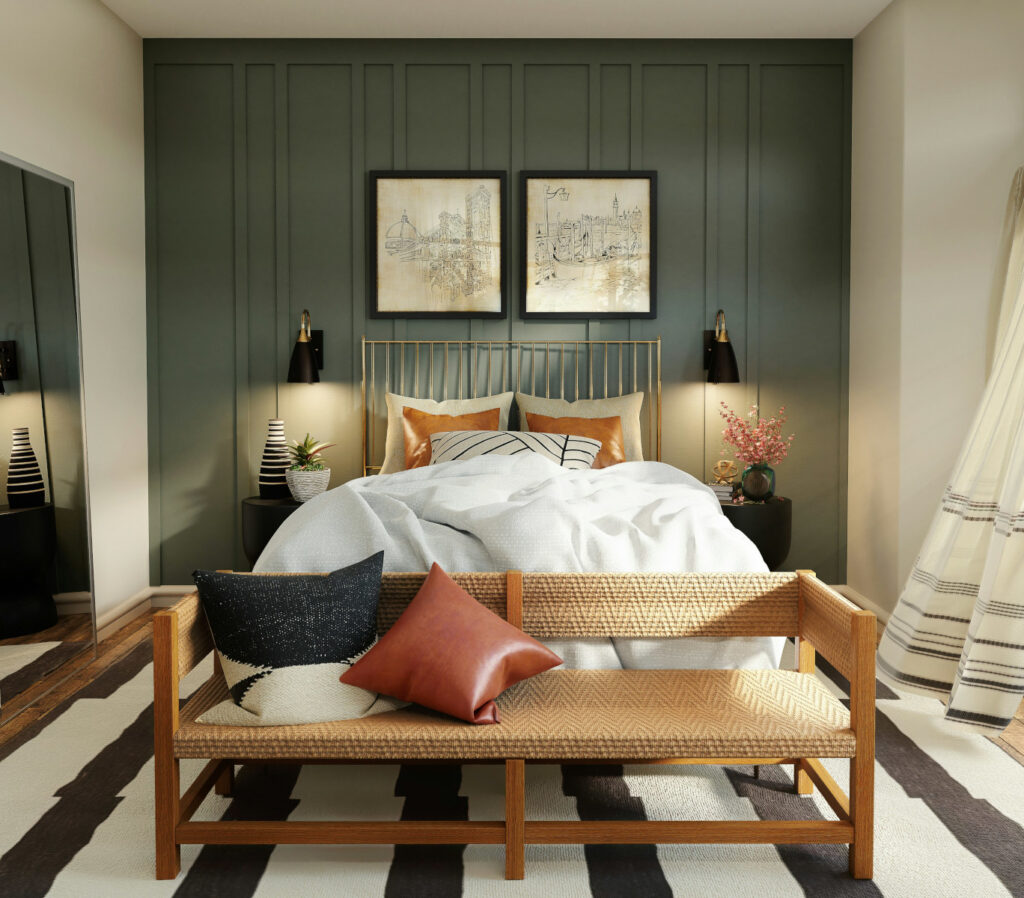
Board and batten: Rustic charm, this style features a thin strip of wood molding, called a “batten,” which is laid over each board seam. This technique creates stronger vertical lines, adding shadows and texture to a wall. Often seen on building exteriors or feature walls like the bedroom pictured above.
Millwork Materials
Historically, decorative wall paneling was made from oak or pine. Now there are a variety of material choices ranging from solid wood options like walnut or mahogany, veneer on a plywood base, vinyl surface imitating wood grain, hardboard or MDF.
Popular species for solid wood panels include alder, cherry, maple, oak, pine and fir. Read more about the unique features of different wood species for wood fixtures in our wood materials series.
MDF or medium-density fiberboard is an affordable and versatile option. There are moisture resistant types of MDF that come in a variety of melamine and laminate finishes that are suitable in rooms that experience moisture to prevent mildew from occurring.
How to choose the best material
What Do Pros Recommend?
What we recommend as the best material for your project will depend on the overall style of the room, the function of the space, and the budget of the project. When selecting materials for paneling, it’s important to consider durability and wall protection for your space in line with the function of the room.
Wainscoting can make a room instantly cozier, but proper installation is key to ensuring it doesn’t warp. Bead board can be a good option for DIY, but it will require ongoing maintenance as the grooves will collect dust and particles from its environment. Tongue-and-groove is an “easy” installation option that provides unique customization options, but it requires proper installation to prevent separation between boards.
These types of factors are important to take into consideration when choosing the style and material makeup. We offer the best options that match our clients’ style and performance needs. Our wall panels are all made in our Shell Lake, Wisconsin, based wood shop to client specifications.
Wall Paneling Design Inspiration
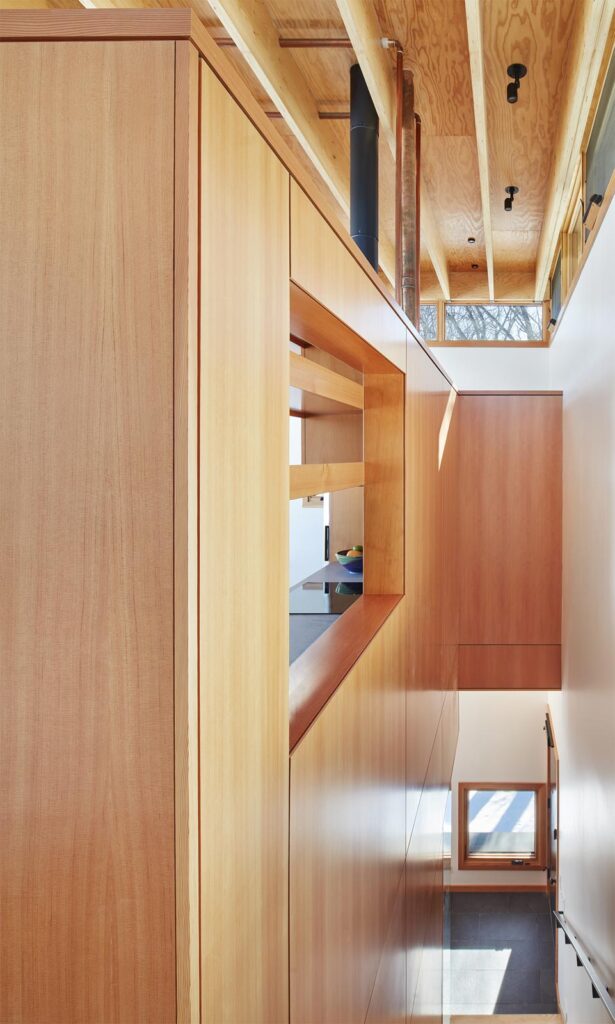
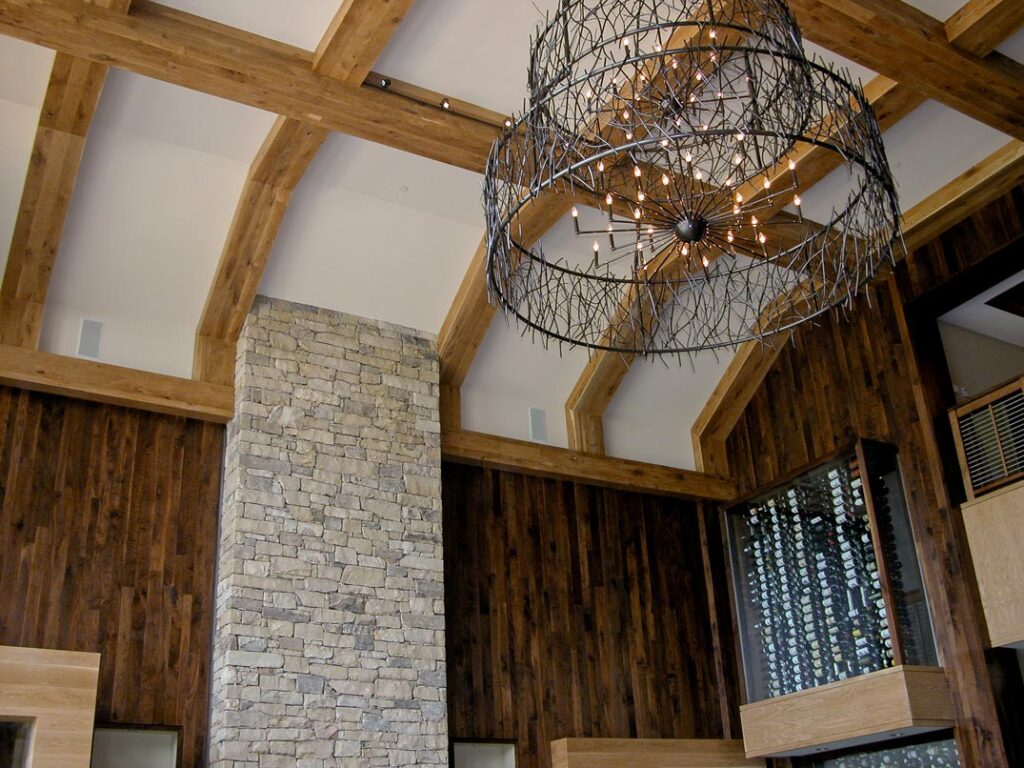
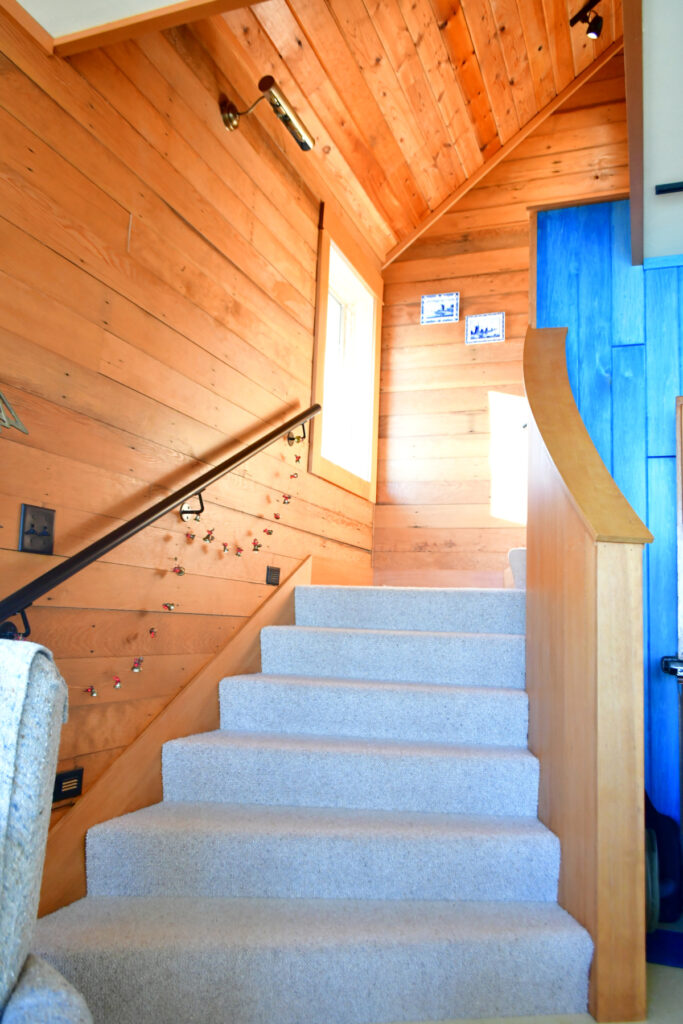
Conclusion
Whether you’re renovating an existing space or starting a new build, wood paneling provides durability, acoustic benefits, and endless design possibilities.
If you’re ready to explore the transformative power of wood paneling for your next project, the pros at DP Juza Woods + Fixtures are here to help. Our team of expert woodworkers will guide you through every step, from selecting the perfect materials, executing professional craftsmanship, to a flawless installation.
